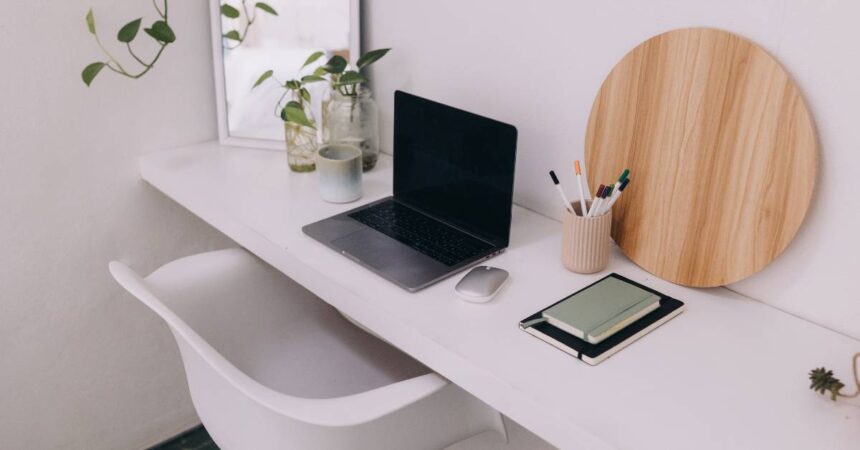In a world often characterized by complexity and excess, the concept of minimalist living emerges as a breath of fresh air, advocating for simplicity, intentionality, and a focus on the essentials. This article delves into the philosophy of minimalist living, exploring its benefits, principles, and practical tips for creating a space that fosters tranquility, clarity, and lasting joy.
Understanding Minimalist Living: Beyond Materialism
Minimalist living transcends the mere act of decluttering physical possessions.
At its core, it’s a mindset that challenges the societal norm of accumulating possessions for the sake of status or superficial happiness. Instead, minimalist living encourages individuals to be deliberate about what they bring into their lives, focusing on items and experiences that truly align with their values and needs.
The Benefits of Minimalist Living
Embracing minimalist living offers a myriad of benefits that extend beyond a tidy space. By curating belongings and reducing clutter, individuals can experience increased mental clarity and reduced stress.
A clutter-free environment contributes to improved focus and productivity, allowing individuals to direct their energy towards pursuits that truly matter. Furthermore, minimalist living cultivates a heightened appreciation for the things that truly bring joy.
With fewer possessions, each item holds greater significance, fostering a deeper sense of contentment and gratitude. This intentional approach also contributes to more sustainable consumption patterns, as individuals become more mindful of the environmental impact of their choices.
Principles of Minimalist Living
Declutter with Purpose
Minimalist living begins with decluttering, but it’s not about getting rid of everything. It’s about evaluating possessions and keeping only what serves a purpose or brings joy. The KonMari method, for instance, encourages individuals to ask whether an item sparks joy before deciding to keep or discard it.
Quality over Quantity
Rather than accumulating numerous possessions, minimalist living emphasizes investing in high-quality items that withstand the test of time. This approach aligns with sustainability and reduces the need for constant replacements.
Create Functional Spaces
A minimalist living space is organized and functional. Each item has its place, contributing to an environment that supports daily activities and promotes a sense of calm.
Mindful Consumption
Minimalist living encourages mindful consumption. Before making a purchase, individuals consider whether the item truly adds value to their lives. This practice reduces impulse buying and fosters a deeper connection to belongings.
Tips for Creating a Minimalist Living Space
Start Small
Embarking on a minimalist journey can feel overwhelming, so start by decluttering one area at a time. Whether it’s a closet, a drawer, or a room, tackling smaller spaces can provide a sense of accomplishment and motivation.
Invest in Storage Solutions
Effective storage solutions are essential for maintaining a clutter-free space. Utilize storage bins, shelves, and organizers to keep items neatly arranged and easily accessible.
Mindful Decor
Opt for decor items that align with the minimalist aesthetic. Choose pieces that evoke a sense of serenity and purpose. Less can often have a more significant impact.
Digital Minimalism
Minimalist living extends beyond physical possessions. Declutter digital spaces by organizing files, deleting unnecessary apps, and curating your online presence for a more focused and intentional online experience.
Conclusion: Finding Fulfillment in Simplicity
In a world that bombards us with choices and distractions, embracing minimalist living offers a path to genuine contentment and fulfillment. By prioritizing intentionality over excess, individuals create spaces that reflect their true selves and foster a sense of well-being.
Minimalist living is an ongoing journey that invites individuals to continually assess their choices, allowing them to lead lives rich in experiences, purpose, and joy.







